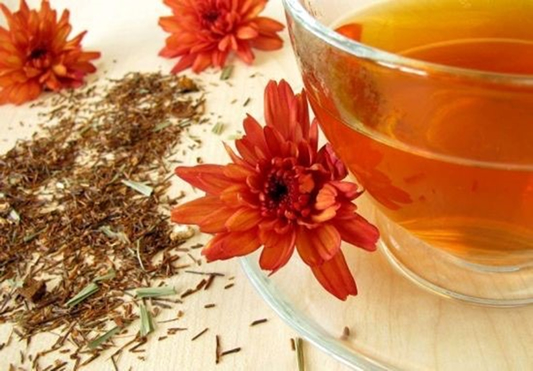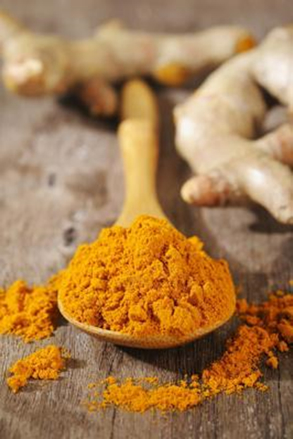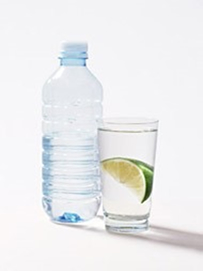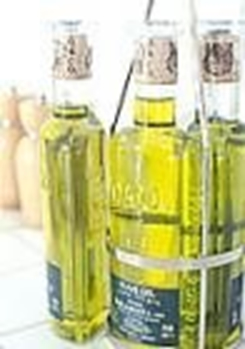Posted on Organic Facts
https://www.organicfacts.net/health-benefits/vegetable/nopales.html
Health benefits of red rooibos tea include its use as a cure for nagging headaches, insomnia, asthma, eczema, bone weakness, hypertension, allergies, and premature aging. The tea is absolutely free from caffeine content and is also low in tannins. You can enjoy the refreshing beverage all day long with no possible side effects. Drinking rooibos tea can further ease severe stomach cramps, as well as bring relief to asthma and other related conditions. It also boosts the immune system of the human body.
The health benefits of red rooibos tea are abundant. This form of tea has traditionally been popular due to its great taste and unique color, while also boosting the health of the body. Rooibos tea or red tea is a medicinal, herbal beverage that is acquired from the Aspalathus linearis bush plant that is found in South Africa. According to the South African Rooibos Council, rooibos is not a true tea, but an herb. The fermented tea is red in color.
Its medicinal attributes have been confirmed by The US Department of Agriculture in Washington, DC, which has affirmed that red rooibos tea is capable of reducing cancer, heart disease, premature aging and other serious conditions.
 Nutritional Value of Red Rooibos Tea
Nutritional Value of Red Rooibos Tea
Red rooibos tea has no oxalic acid and therefore, it can be consumed by people who have kidney stones. Rooibos tea is rich in many mineral contents such as iron, calcium, potassium, copper, fluoride, manganese, zinc, magnesium and alpha hydroxy acid. It also contains antioxidants like aspalathin and nothofagin, and the extremely potent and versatile phenolic compounds.
Health Benefits of Red Rooibos Tea
Red rooibos tea is one of the best health drinks or beverages for those who care about their health and fitness. Some of the beneficial factors that have been positively correlated with red rooibos tea can be found below.
Polyphenols: Rooibos contains polyphenols that have anti-inflammatory, antiviral and antimutagenic qualities. Polyphenols are organic chemicals that are most often praised for their antioxidant capabilities. Rooibos tea has many phenolic compounds within it, and polyphenols are some of the most important. They act as scavengers of free radicals throughout the body, which are detrimental byproducts of cell metabolism that can cause diseases like cancer and heart disease. Aspalathin and nothofagin are two other vital antioxidants that rooibos tea contains, making this a great beverage to boost your immune system and protect your body against all types of diseases and conditions.
No Caffeine: Rooibos tea is completely caffeine-free, therefore it is recommended by doctors for patients suffering from insomnia. A cup of rooibos beverage just before going to bed can help you sleep better, and by removing caffeine from your diet, you can also improve your stress levels, mood, and heart health. Being dependent on caffeine is the most common addiction throughout the world, but people don’t realize the dangers that it can pose. Rooibos tea gives you the energy and health benefits, without the dangerously addictive substance.
Hypertension: Rooibos tea is known to relieve stress, nervous tension and hypertensive conditions. Hypertension is more commonly known as high blood pressure, and rooibos tea is known as a brochodilator, which not only relieves respiratory conditions, but generally reduces blood pressure, which can lead to dangerous cardiovascular diseases like heart attacks and atherosclerosis.
Bone Health: Red rooibos tea is rich in calcium, manganese and fluoride minerals that assist in maintaining good bone structure and stronger teeth. By increasing the bio-availability of minerals in your system, you can reduce your chances of developing conditions like arthritis, osteoporosis, and chronic joint pain. Manganese actually works on an even deeper level, and stimulates the enzymes which are required top build new bones and repair damage. Flouride is related more commonly to dental health, which is why flouride compounds are so often found in mouthwashes and toothpastes. Whether it is teeth or bone structure, red rooibos tea gives you an advantage!
Cardiovascular Health: Quercetin, another powerful antioxidant found in rooibos tea, has been linked to preventing a wide variety of heart conditions. It is anti-inflammatory, which reduces blood pressure, and it also scavenges free radicals like other antioxidants. It promotes an increase in HDL cholesterol (good cholesterol) and inhibits the LDL cholesterol (bad cholesterol) from binding to the walls of arteries and blood vessels. This means added protection against various heart conditions, including atherosclerosis, heart attacks, and strokes.
Infant Health: Rooibos tea can be useful for small children who suffer from colic or stomach pains. You may add some sweetened milk to the tea to improve the flavor and make it more palatable. This is actually what first began rooibos tea as a well-known health aid. Various South African women claimed that this plant was very soothing for their colicky infant. Word began to spread and rooibos tea was suddenly being thrown at any number of health issues to see what else it could help. 50 years later, the world knows all about this powerful little herb! The exact mechanism by which it soothes colic and stomach pain is unknown, but the general anti-inflammatory properties of the herb are most likely responsible.
Diabetes: Aspalathin is one of the rare antioxidants that are found in rooibos tea, and it has a number of unique qualities. It can help to balance blood sugar, improve insulin resistance, improve the glucose absorption by muscles, and boosts the insulin secretion from the pancreas. This all results in an ideal defensive shield against developing type II Diabetes, one of the most widespread and dangerous conditions that is currently sweeping the world. By balancing blood sugar, rooibos tea can also protect people that already have diabetes by preventing the spikes and drops of blood sugar that are so detrimental to their overall health.
- – Continued to Health Benefits of Red Rooibos Tea ②.
Organic Facts: Health Benefits of Red Rooibos Tea
https://www.organicfacts.net/health-benefits/vegetable/nopales.html









